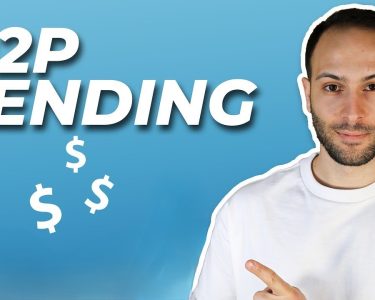Introduction
Hi everyone, I’m Sarah, a real estate agent with over 10 years of experience helping families achieve their dream of homeownership. Throughout my career, I’ve noticed a common fear among both first-time and experienced buyers: the worry about upfront costs like down payments and closing fees. But fear not! Let’s break down these concepts and equip you with the knowledge and strategies to conquer these financial hurdles.
Understanding Down Payments
A down payment is a portion of the home’s purchase price you pay upfront. While the classic 20% down payment is often cited, it’s important to know there are loan options available with lower down payments (as low as 3% in some cases). Let’s explore the pros and cons of different down payment scenarios:
Table 1: Down Payment Options
| Down Payment Amount | Pros | Cons |
|---|---|---|
| 20% or more | Lower monthly mortgage payments, avoid private mortgage insurance (PMI) | Requires a larger upfront investment |
| Less than 20% | Lower upfront cost | Higher monthly payments due to PMI, may require additional fees |
Remember: PMI is a monthly fee paid by borrowers who put down less than 20% equity on a home loan.

Demystifying Closing Costs
Closing costs encompass various fees associated with finalizing the home purchase. These can include:
- Origination fee: A lender fee for processing your mortgage application.
- Appraisal fee: An evaluation of the home’s value by a licensed professional.
- Title insurance: Protects you against any ownership claims on the property.
- Escrow fees: Cover property taxes and homeowners insurance.
Here’s a tip: Closing costs can vary depending on your location and the loan type. Ask your lender for a Loan Estimate (LE) early in the process to get a clear picture of these closing costs.
Budgeting and Saving Strategies
Conquering your fears about upfront costs starts with a solid plan. Here are some strategies to consider:
- Create a budget: Analyze your income and expenses to determine how much you can realistically save for a down payment and closing costs.
- Explore down payment assistance programs: Many government and local programs offer financial aid to eligible homebuyers.
- Negotiate closing costs: In some cases, you may be able to negotiate with the seller to cover some closing costs.
Conclusion
Understanding down payments and closing costs empowers you to make informed decisions throughout the home buying process. By planning, exploring options, and utilizing helpful resources, you can successfully navigate these financial hurdles and unlock the door to your dream home.




